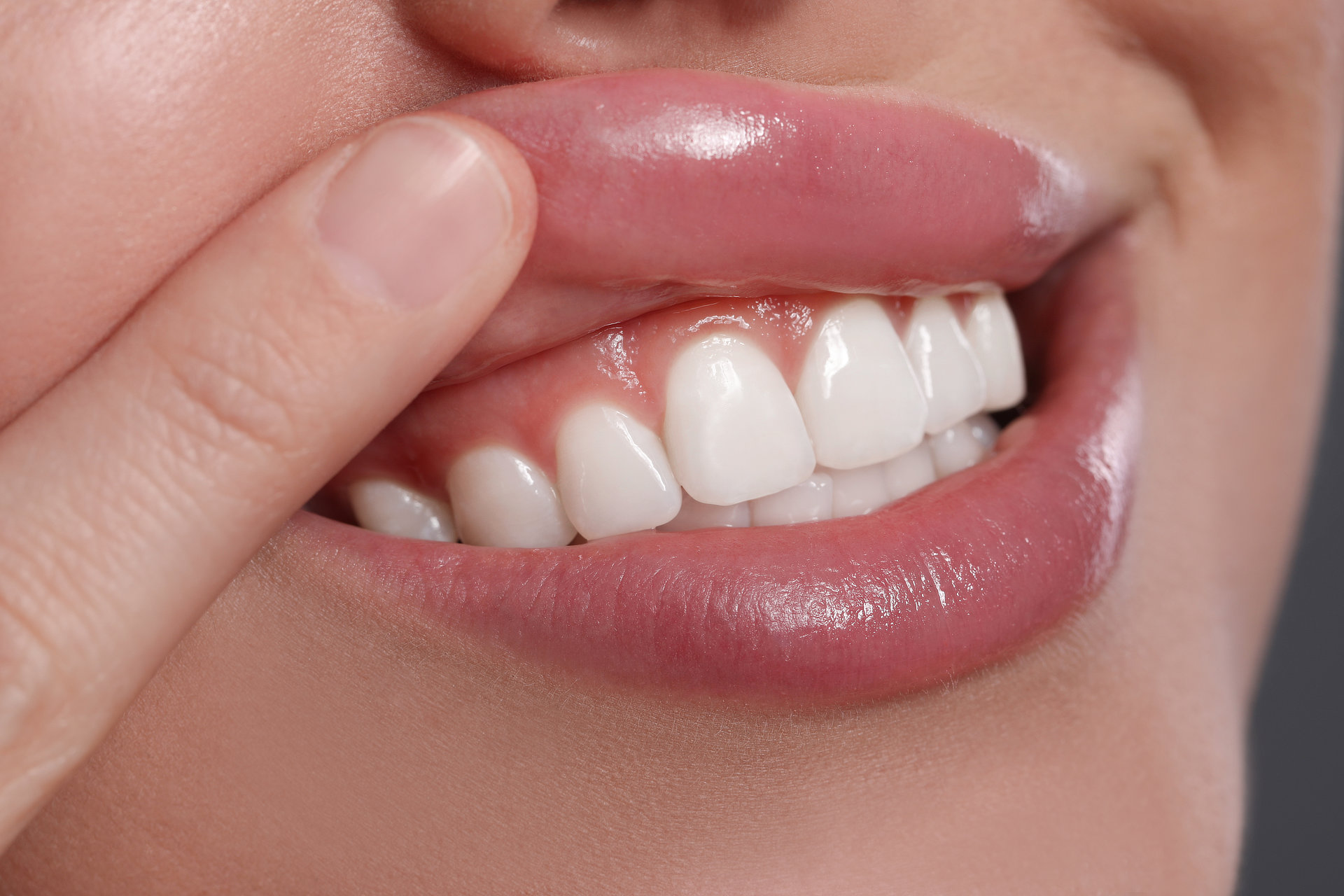The Lone Wolf Gum: Understanding Swollen Gums Behind Back Teeth
A swollen gum behind a back tooth, especially in the absence of wisdom teeth, can be concerning. This article explores the potential culprits behind this localized inflammation and equips you with information to navigate this dental discomfort.
Disclaimer: It is important to note that the information in this article is for general informational purposes only and should not be a substitute for professional medical advice. The cause of your swollen gum can vary significantly, and a proper diagnosis from a dentist is crucial.
Behind the Scenes: Unveiling the Causes of Swollen Gums
Several factors can contribute to a swollen gum behind a back tooth, even without wisdom teeth:
- Poor Oral Hygiene: Inadequate brushing and flossing allows plaque and bacteria to build up along the gum line, causing inflammation and swelling. This is especially common around molars, which have intricate grooves that can trap food debris.
- Gingivitis: The early stage of gum disease characterized by inflamed and bleeding gums. Gingivitis is reversible with good oral hygiene practices.
- Periodontitis: A more advanced stage of gum disease that involves inflammation and potential bone loss around the teeth. Periodontitis requires professional dental treatment.
- Improper Brushing Technique: Brushing too harshly or at an improper angle can irritate the gums and lead to swelling.
- Injury: Accidental biting or injury to the gum tissue can cause swelling and discomfort.
- Foreign Object: A piece of food or other debris lodged between the tooth and gum can irritate the gum tissue and cause swelling.
- Hormonal Changes: Fluctuations in hormone levels, particularly during pregnancy or menstruation, can make gums more susceptible to inflammation.
- Certain Medications: Some medications, like certain blood pressure medications, can have side effects that include swollen gums.
Identifying the Enemy: Recognizing Symptoms and Warning Signs
Swollen gum behind a back tooth can manifest in various ways. Here are some telltale signs to watch out for:
- Redness and Inflammation: The affected gum area might appear red, swollen, and tender to the touch.
- Bleeding: The gums might bleed easily, especially when brushing or flossing.
- Pain or Discomfort: You might experience pain or discomfort in the affected area, particularly when chewing.
- Bad Breath: Bacterial buildup associated with poor oral hygiene can contribute to bad breath (halitosis).
If you experience any of these symptoms, especially if they persist for more than a few days, consulting a dentist is crucial for proper diagnosis and treatment.
Restoring Harmony: Effective Solutions for Swollen Gums
The approach to treating swollen gums depends on the underlying cause. Here are some potential solutions:
- Improved Oral Hygiene: Brushing twice daily with a soft-bristled toothbrush and flossing once daily are essential for removing plaque and bacteria that contribute to inflammation. Proper brushing technique is also crucial.
- Professional Dental Cleaning: A professional cleaning by your dentist can remove stubborn plaque and tartar buildup that regular brushing and flossing might miss.
- Antibiotics: In some cases, your dentist might prescribe antibiotics to combat bacterial infection.
- Medication for Underlying Conditions: If a medical condition is contributing to swollen gums, your doctor might recommend medication to manage that condition.
- Lifestyle Changes: Quitting smoking, maintaining a healthy diet, and managing stress can all contribute to improved gum health.
Preventing Recurrence: Keeping Your Gums Happy
By adopting some healthy practices, you can significantly reduce the risk of future flare-ups of swollen gums:
- Maintain a Consistent Oral Hygiene Routine: Brushing twice daily and flossing once daily are essential for optimal gum health.
- Schedule Regular Dental Checkups: Regular dental checkups allow your dentist to identify and address any dental issues early on.
- Eat a Healthy Diet: A balanced diet rich in fruits, vegetables, and whole grains nourishes your gums.
- Manage Stress: Chronic stress can worsen gum inflammation. Consider relaxation techniques like yoga or meditation.
- Quit Smoking: Smoking is a major risk factor for gum disease.
FAQ: Unraveling the Mystery of Swollen Gums Behind Back Teeth
Q: Can a swollen gum behind a back tooth be a sign of an abscessed tooth?
A: Yes, in some cases, a swollen gum can be a symptom of an abscessed tooth, which is a painful infection at the root of the tooth. If you experience severe pain, throbbing, or swelling around the entire tooth, consult your dentist immediately.

